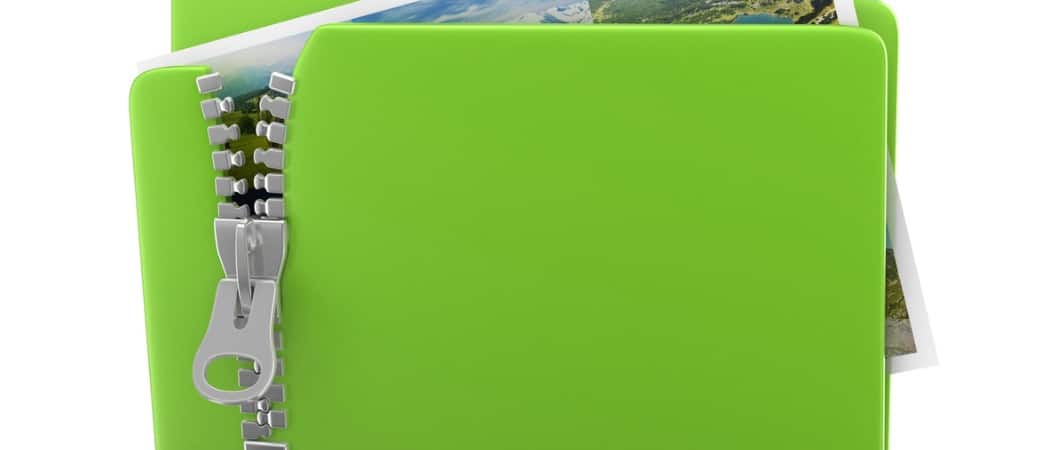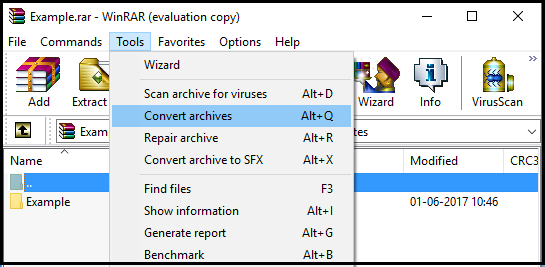How To Convert Folder Into Zip File Mac

For example you could convert RAR to ZIP, TAR.GZ to ZIP, ISO to ZIP and much more. ZIP (ZIP compression) ZIP is an archive file format utilized for the lossless compression of one or more pieces of data. How to Zip Files and Folders on Mac. To get started, open the “Finder” app, and locate the files or folders that you want to compress. If you’re selecting multiple files, hold the Command key while selecting the files. Once you’ve made the selection, right-click on it to view the context menu. Here, click the “Compress” option.
- Step 2: Upload PDF File and Select 'To ZIP'. Next, you need to upload your PDF file to the ZIP converter. Click on the 'Choose Files' button and select the PDF file from your computer and upload it. Once you have opened the PDF file with the converter now choose the output format as ZIP before you start converting.
- Here is an Automator Service 1 that becomes available in Finder when Folders are selected and emulates the context-menus Compress n Items command except it creates an individual zip archive file for each selected Folder in the name of the selected Folder.If the Folder Name.zip file already exists then a ' 2' (space 2) is appended to the filename, e.g. Folder Name 2.zip.
- Once the file has downloaded, open your Downloads folder, right click on the file, and select extract all from the context menu. First you need to add file for conversion: drag and drop your DMG file or click the 'Choose File' button. Then click the 'Convert' button. When DMG to ZIP conversion is completed, you can download your ZIP file.
Matt Cone January 8, 2021 TutorialsMac
If you own a Mac, you’ll eventually need to transfer files and folders to others. To do that, you’re going to want to shrink - or compress - the files so they take up the least amount of space possible. That way, it will be easy to move your files via email, FTP, or even with an instant messaging application.
In the past, Mac users had to rely on an expensive application called Stuffit to compress files and folders. That application’s still around, but it’s no longer necessary the way it once was. In fact, macOS has built-in features that allow you to compress - or zip - files and folders on the spot. You can also uncompress zipped files and folders - it’s all built into macOS.
Here’s how to compress files and folders on your Mac:
Mac Zip Command

Locate the file or folder you want to compress. You can select multiple files and folders by holding down the Shift key (for multiple items) or the Command key (for several individual items) and clicking.
After you’ve selected the files and folders, right click on them, and then select Compress.
A window may appear indicating that your Mac is compressing the files or folders. Depending on the size of the files or the folders, this could take a couple minutes.
Once your Mac has finished compressing the files or folders, you’ll see a nice little zip file. This contains all of the files and folders you selected to be compressed. Just send this to your Mac- or PC-using friends - they’ll be able to open it. All Mac users have to do to open the zip file is double-click it!
How Small Can You Make the Files?

How much space can you save by compressing? That depends on the type of files you’re trying to compress. Generally speaking, a zip file will be about 10% smaller than all of the files were before they were compressed. This feature works best with medium size files - compressing lots of small files or one or two big files won’t save you much space.
Related Articles
Compressed Zip Folder
Subscribe to our email newsletter
How To Convert Folder Into Zip File Mac Free
Sign up and get Macinstruct's tutorials delivered to your inbox. No spam, promise!